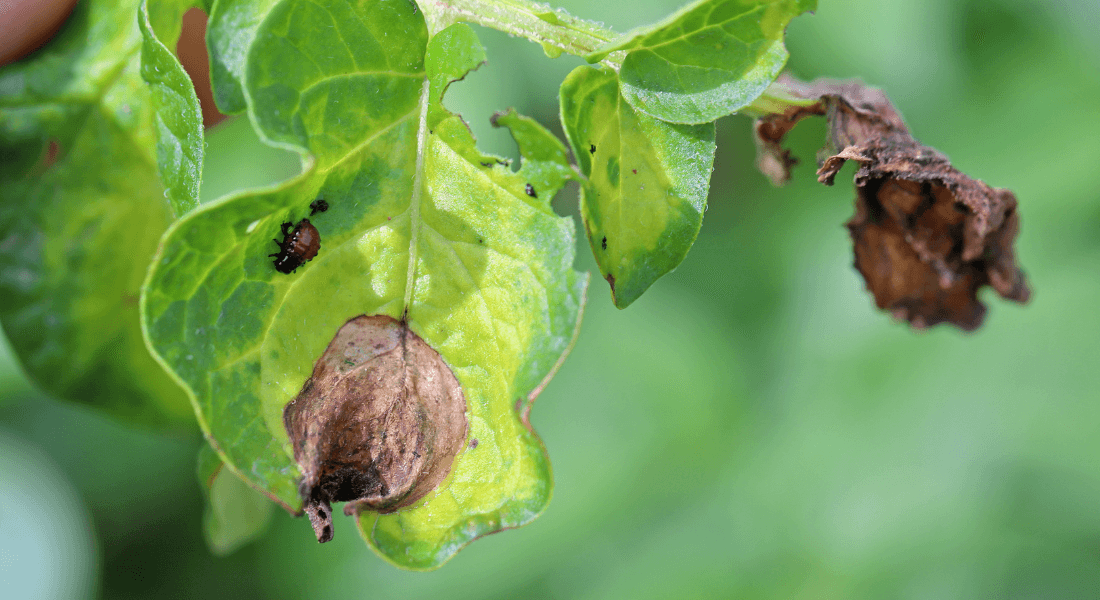Plant Immunity Mini-Symposium
Plant Immunity Mini-Symposium
13:00
Professor Jane Parker
Department of Plant-Microbe Interactions, Max-Planck Institute for Plant Breeding Research, Carl-von-Linné-Weg 10, 50829 Cologne, and Cologne-Düsseldorf Cluster of Excellence on Plant Sciences (CEPLAS), 40225 Düsseldorf, Germany
Title: Plant TIR-type NLR immunity activation and execution
Toll-Interleukin-1 Receptor (TIR) domain enzymes producing NAD+ derived small molecule signals have emerged as key drivers of immune responses in bacteria, plants and animals. In dicot plants, TIR N-terminal domains define a large sub-class of intracellular NLR immune receptors (called TIR-NLRs or TNLs) recognizing various pathogen effectors. Pathogen-activated TNLs assemble tetrameric complexes (resistosomes) with potent TIR NADase activity. This generates bioactive nucleotides which, through their specific binding and conformational activation of EDS1 dimer - helper NLR complexes, confer effector-triggered immunity (ETI). Other immune-upregulated TIR-proteins (TIR-only and TIR-NB forms) characterized mostly in dicots contribute to resistance initiated by NLRs and by cell-surface pattern-recognition receptors, and are therefore important ETI-PTI connectors for boosting anti-pathogen defenses. Monocot species - including the global food crops rice, wheat, barley and maize - lack TNL receptors, but retain certain enzymatic TIR-forms as well as EDS1-PAD4 dimer and co-functioning helper NLR (ADR1) genes. I’ll describe our recent studies on mechanisms of TNL activation and signaling, and TIR-protein recruitment for immune responses of dicot and monocot plants. Our comparative analyses reveal some fundamentally conserved working principles but also lineage-specific features of TIR-domain proteins and their signaling outputs.
13:40:
Professor Paul Birch
Division of Plant Sciences, University of Dundee, and Cell and Molecular Sciences, James Hutton Institute, Errol Road, Invergowrie, Dundee DD2 5DA, UK
Title: The journey of effectors from Phytophthora haustoria into host plant cells”
My group mainly studies effector proteins from the potato late blight pathogen, Phytophthora infestans. P. infestans is an oomycete that develops haustoria - finger-like infection structures that form an intimate interaction with the host plasma membrane during the early stages of disease. Haustoria are major sites for the delivery of a class of proteins called RXLR effectors. The RXLR motif within these secreted effectors is required for their translocation inside host cells. There are hundreds of RXLR effector genes predicted in the genome of P. infestans, demonstrating a remarkable potential for manipulation of host processes. RXLR effectors interact directly with a range of regulatory proteins in the host cell to suppress or otherwise manipulate plant defences. In contrast, they are also targets for host resistance proteins which activate immune responses that prevent further colonization by the pathogen.
In this talk I will focus on the secretion, delivery and uptake of RXLR effectors into host cells. RXLR effectors are proteolytically processes prior to unconventional secretion from the pathogen. We have found that many of the effectors are associated with extracellular vesicles (EVs) and we have discovered novel EV markers that are co-secreted with RXLRs. Evidence is presented that RXLR effectors can be taken into host cells by clathrin-mediated endocytosis, raising the question of how they are released from endosomes to reach their targets in a range of subcellular destinations.
Host: Hans Thordal-Christensen

